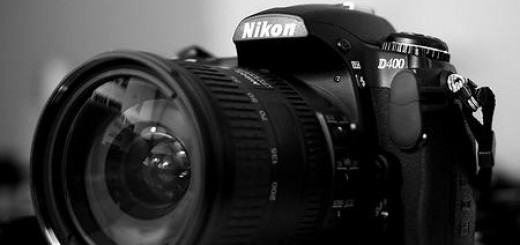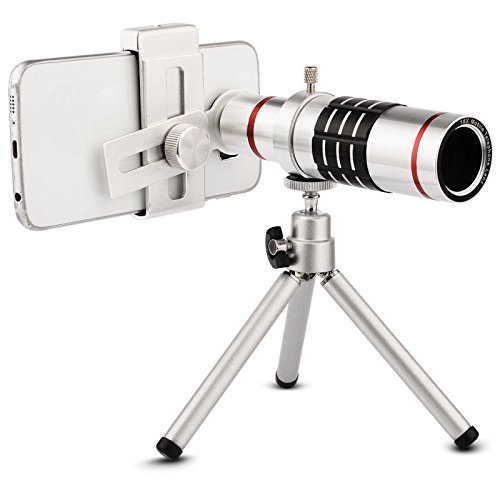Nikon D80 Digital SLR Camera
This Nikon D80 digital SLR camera is perhaps not exactly what Nikon fans were expecting. It’s meant to replace the D70, yet it’s strikingly similar. This brings to mind an interesting issue. All companies, electronics or otherwise, are under constant pressure from their shareholders to release new products. Even you produce the enormously popular “super widget” your stock holders will darn well expect you to produce “super duper widget” in the next fiscal year. In this sense, this might be Nikon telling us that the D70 was a great camera that needed few improvements.
Great Features of Nikon D80
The Nikon D80 offers a new “kit” lens, the 18-135mm f/4-5.6G AF-S ED DX, and a new vertical grip, the MB-D80. The kit lens is, by definition, fairly low-end, made to keep the price of the camera affordable to the photography newbie. The zoom has a considerably slower shutter speed than the D70 – 1/4000 compared to the previous 1/8000. The viewfinder is larger and brighter than the D70′s, and the sensor has around 30% more resolution.
The sensor in the Nikon D80 is an ICX493AQA CCD made by Sony. The same sensor is used in the Sony Alpha 100 and Pentax K10D. 10.2 megapixels translates as 3872 x 2592 pixel images, enough to produce straight-from-camera prints up to about 11×16″ without resizing. The base ISO of the CCD is 100, with third-stop increments up through ISO 1600. You can also boost ISO one more stop, up to an effective ISO 3200.
Noise in the sensor stems mainly from three design elements: the APS frame size, the smaller overall size of the photosites as compared to the 6mp sensors, and the lack of in-sensor NR electronics. That said, Nikon has integrated a number of things into the D80 to address the potential for increased noise over the previous consumer cameras. For example, once again data is kept in 12-bit space right up until the final compression to an 8-bit JPEG. Second, the internal digitization engine has a noise reduction component in it. All in all, low light images are easily comparable quality to the D70. This is perhaps primarily due to the larger CCD sensor.
The Camera Body of Nikon D80
The camera body of Nikon D80 is technically slightly smaller in all dimensions compared to those of the D70s, but current owners will find the design very similar. Most of the buttons are the same and in the same places, and there are dedicated buttons for many commonly used functions. For example, a cluster of buttons next to the shutter let you change metering mode, exposure compensation, drive mode, and AF mode. Meanwhile, the buttons of Nikon D80 to the left of the 2.5-inch, 230,000-pixel LCD screen let you change white balance, ISO, and image size and quality settings without diving into menus. About the only function without its own dedicated control is AF zone selection, though the camera’s programmable function button can be programmed to cover that if you so choose. The default for this button is to display the current ISO setting.
This camera has three dials adorn the camera body. The mode dial lets you choose between program, aperture- or shutter-priority, full manual, full auto, or any of six preset exposure scene modes. The other two dials, located on the front and back of the grip, let you change aperture and shutter speed. Together, they make full manual shooting quick and easy, with a menu system that is easy to use.
For the most part, Nikon has negotiated the quality trade-off well in order to offer a DSLR camera for under $1000. It’s still slightly pricier than comparable Canon or Petax models, but with Nikon’s imaging reputation, it can easily charge a touch more without anyone blinking a eye.








